Are you looking to Enroll in course?
Are you ready to take your skills to the next level? Enroll in our course today and unlock your full potential
Live Classes: Upskill your knowledge Now!
Chat NowPublished - Tue, 06 Dec 2022
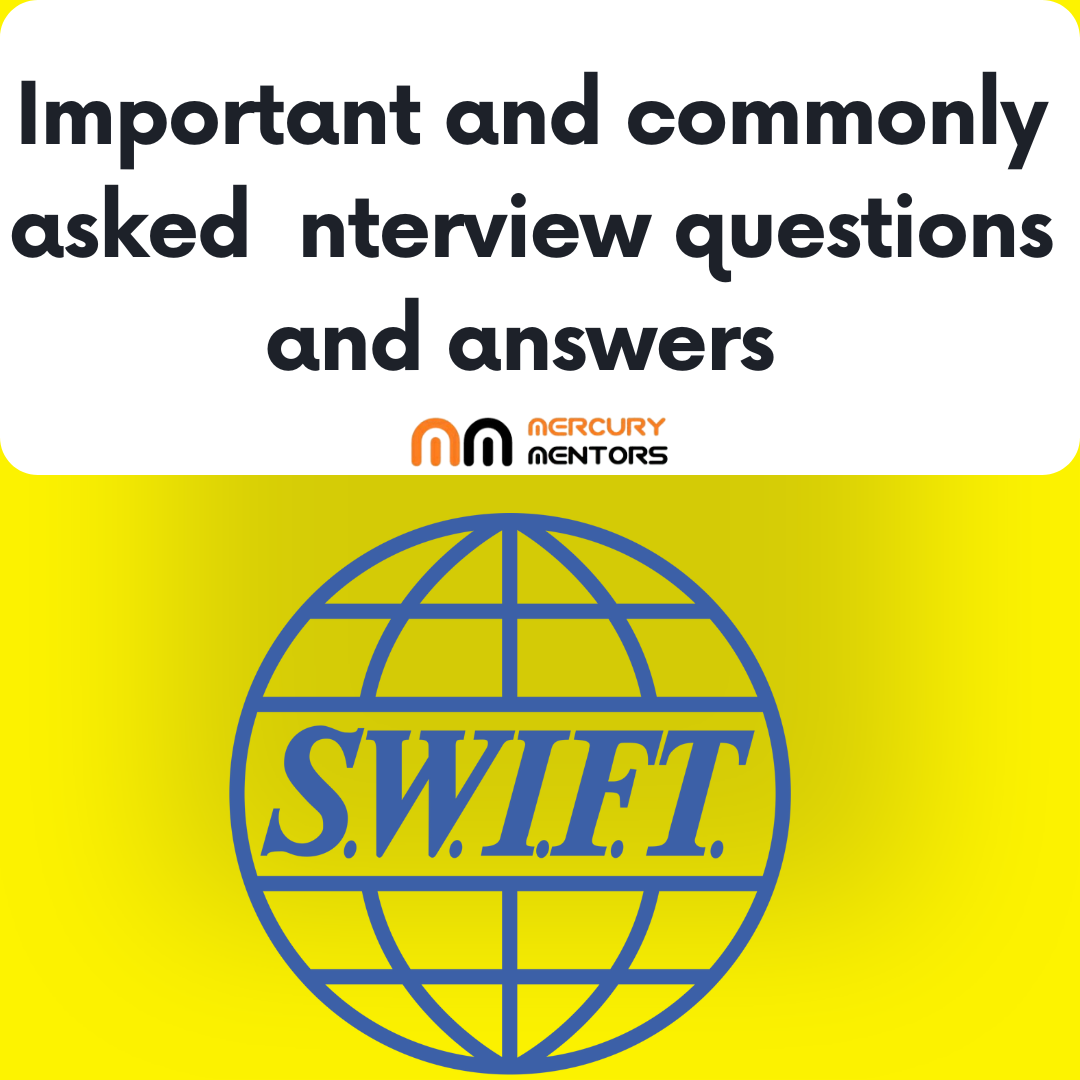
A list of top frequently asked Blockchain Interview Questions and answers are given below.
A Blockchain is a constantly growing ledger(file) that keeps a permanent record of all the transactions that have taken place, in a secure, chronological, and immutable way. It can be used for the secure transfer of money, property, contracts, etc. without requiring a third-party intermediary like bank or government.
Blockchain is the backbone of the most famous cryptocurrency named Bitcoin. It is a peer to peer electronic cash system and a decentralized network which allows users to make transactions directly without the involvement of third-party to manage the exchange of funds.
To know more Click Here...
We can see the basic differences between Bitcoin blockchain and Ethereum blockchain in the below table.
| Points | Bitcoin Blockchain | Ethereum Blockchain |
|---|---|---|
| Founder | Satoshi Nakamoto | Vitalik Buterin |
| Release Date | 9 Jan 2008 | 30 July 2015 |
| Release Method | Genesis Block Mined | Presale |
| Usage | Digital Currency | Smart Contracts |
| Cryptocurrency | Used | Bitcoin Ether |
| Algorithm | SHA-256 | Ethash |
| Blocks Time | 10 minutes | 12-14 seconds |
| Scalable | Not yet | Yes |
The different types of blockchains which introduce to the world are:
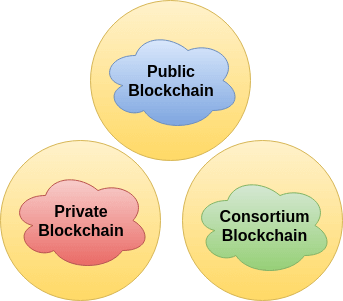
There are mainly three types of Blockchains introduced to the world.
1. Public Blockchain
A Public blockchain is a kind of blockchain which is "for the people, by the people, and of the people." There is no in-charge it means anyone can read, write, and audit the blockchain. It is an open-source, distributed, and decentralizes public ledger so anyone can review anything on a public blockchain. They are considered to be Permissionless blockchain.
2. Private Blockchain
A Private blockchain is a private property of an individual or an organization. It is controlled by a single organization that determines who can read it, submit the transaction to it, and who can participate in the consensus process. They are considered to be permissioned blockchain.
3. Consortium Blockchain or Federated Blockchain
In this blockchain, the consensus process is controlled by a pre-selected group, i.e., group of companies or representative individuals. These pre-selected group is coming together and making decisions for the best benefit of the whole network. Such groups are also called consortiums or a federation that's why the name consortium or federated blockchain.
The blockchain can be either stored as a flat file or as a database.
There are two types of records in a blockchain database.
Both the records can easily be accessed and can integrate with each other without following any complex algorithm.
The essential properties of a blockchain are:
The blockchain differs from the relational database in the following ways.
| Points | Blockchain | Relational Database |
|---|---|---|
| Unit of data | Block | Table |
| Failure | None | Can happen |
| Centralized Control | No | Yes |
| Modification in data | Not Possible | Possible |
| Single Point of Failure | Does not exist | Exists |
Some of the popular platforms for developing blockchain are:
A Blockchain consists of a list of records(some or all of the recent transaction). Such records are stored in blocks. Each time a block gets completed, a new block is generated. The block linked with other blocks constitutes a chain of blocks called Blockchain. Each block, after added into the blockchain, will be stored as a permanent database. We cannot delete or reverse any block from the blockchain.

To know more Click Here...
Every block must include these three things:
Each block in the blockchain consists of a hash value. The hash value acts as a link to the block which is before it, transaction data and in fact a stamp of time.
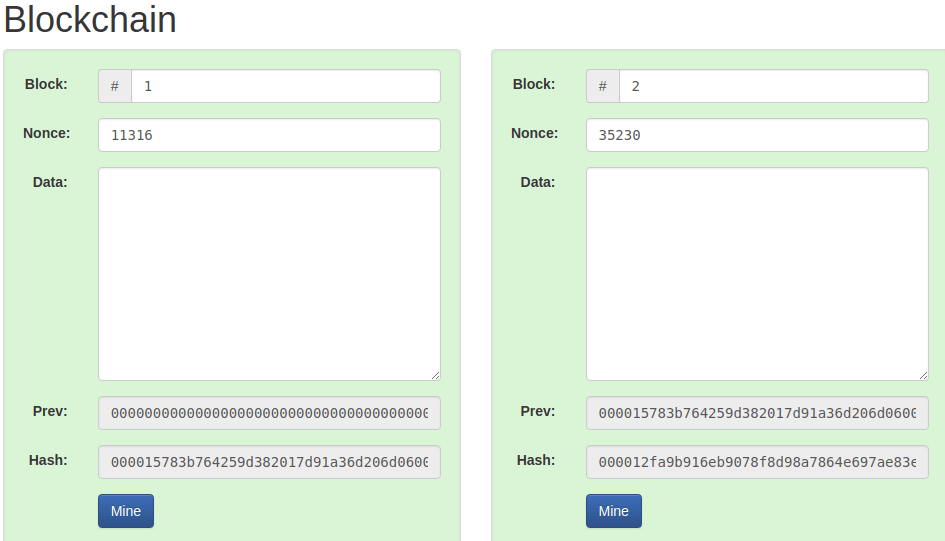
Blocks can be identified by their block height and block header hash.
No, it's not possible to modify the data in a block. In case any modification is required, you would have to erase the information from all other associated blocks too.
Yes, it is possible to remove a complete block from a network. There are times when only a specific portion of this online ledger is to be considered. There are default options and filters that can help us do this without making a lot of efforts.
No, it is not possible to give restriction for keeping records in the blockchain approach. We can put any type of data on a blockchain such as Bank records, health records, images, Facebook messages, etc.
Some of the common types of records which can be kept in the blockchain are:
Blockchain uses SHA-256 Hashing algorithm. The National Security Agency (NSA) in the USA develop SHA-256 Hashing algorithm.
To know more Click Here...
Blockchain always links each block in backward order. In other words, blockchain links each block with its previous block.
Some of the important benefits of blockchain are:
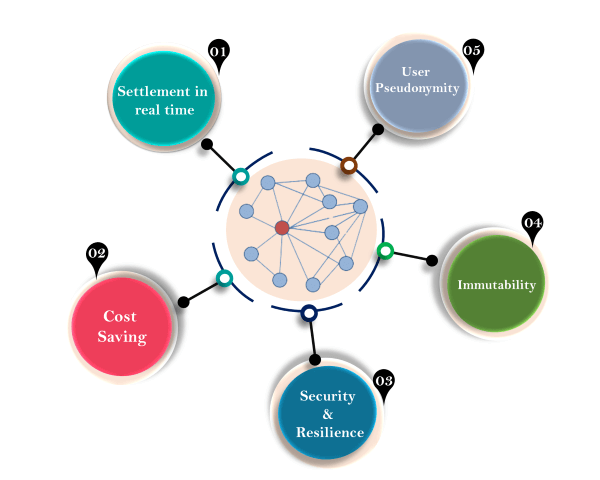
Settlement in real-time: In the financial industry, blockchain can allowing the quicker settlement of trades. It does not take a lengthy process for verification, settlement, and clearance because a single version of agreed-upon data is available between all stack holders.
Cost-saving: Blockchain allows peer-to-peer transactions to be completed without the need for a third party such as a bank which reduced overhead costs for exchanging assets.
Security and Resilience: Blockchain uses very advanced cryptography to make sure that the information which is going to lock inside the blockchain is secure against hacking attacks and fraud. It uses Distributed Ledger Technology where each party holds a copy of the original chain, so the system remains operative, even the large number of other nodes fall.
Immutability: A blockchain register transactions in chronological order, which mean every transaction happens after the previous one. The chronological order certifies the unalterability of all operations in the blockchain. It means when a new block is added to the chain of ledgers, it cannot be removed or modified.
User Pseudonymity: It is a state where the user has a consistent identifier which is not the real name of the user. The real identities are only available to administrators. It allows users to communicate with others in a generally anonymous way. It helps to maintain user privacy and enables free transactions without any security worries. In the blockchain, your pseudonym is the address to which you receive Bitcoin. Every transaction which involves that address is stored permanently in the blockchain. If your address is linked to your identity, every transaction will be linked to you. It is always good to every time use a new address for each transaction to avoid the transactions being linked to a common owner.
Merkle tree is a fundamental part of blockchain technology. It is a mathematical data structure composed of hashes of different blocks of data, and which serves as a summary of all the transactions in a block. It also allows for efficient and secure verification of content in a large body of data. It also helps to verify the consistency and content of the data. Both Bitcoin and Ethereum use Merkle Trees structure. Merkle Tree is also known as Hash Tree.
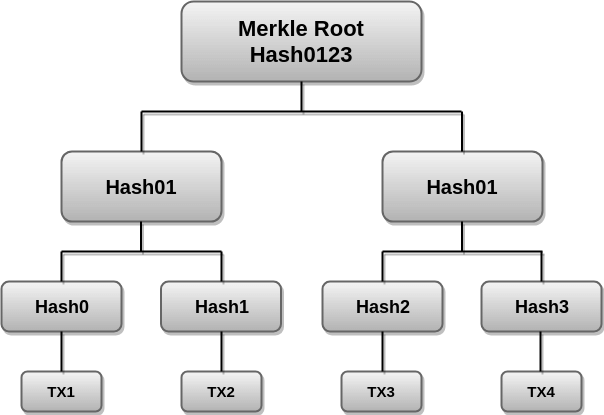
The Merkle tree plays a vital role in blockchain technology. If someone needs to verify the existence of a specific transaction in a block, then there is no need to download the entire block to verify the transaction in a block. He can only download the chain of block headers. It allows downloading a collection of a branch of the tree which contains this transaction is enough. We check the hashes which are relevant to your transactions. If these hashes check out is correct, then we know that this particular transaction exists in this block.
To know more Click Here...
Double spending means spending the same money multiple times. In a physical currency, the double-spending problem can never arise. But in digital cash-like bitcoin, the double-spending problem can arise. Hence, in Bitcoin transactions, there is a possibility of being copied and rebroadcasted. It makes it possible that the same bitcoin could be spent twice by its owner. One of the primary aims of Blockchain technology is to eliminate this approach up to the possible extent.
Blockchain prevents the double-spending problem by implementing a confirmation mechanism from multiple parties before the actual transaction added to the ledger.
To know more Click Here...
A ledger is a file that is constantly growing. It keeps a permanent record of all the transactions that have taken place between two parties on the blockchain network.
There are three common types of a ledger that can be considered by users in the blockchain:
Blockchain is a trusted approach due to the following reasons:
The DAO stands for Decentralized Autonomous Organization. It is an organization that is both autonomous and decentralized. It is represented by rules encoded as a computer program that is transparent, controlled by shareholders, and not influenced by the central government.
A DAO can be seen as the most complex form of a smart contract. A smart contract is a computer program that autonomously exists on the Internet, but at the same time, it needs people to perform a task that it can't do by itself.
A DAO's financial transaction record and program rules are maintained on a blockchain. Since DAO runs on a blockchain, and it's running on a distributed network, you can have multiple combinations of different parties exchanging value and reaching agreements. It means that, to a Decentralized Autonomous Organization, it doesn't matter if you are a human being or you're a robot. You can actually have devices communicating with devices, or devices communicating with people, or people communicating with people. To DAO, it makes no difference because as long as it's programmed into the collection of smart contracts, the whole thing can run automatically and immutable.
To know more Click Here...
A Coinbase transaction is the first transaction in a block. It is a unique type of bitcoin transaction that can be created by a miner. The miners use it to collect the block reward for their work and any other transaction fees collected by the miner are also sent in this transaction.
To know more Click Here...
The important differences between the blockchain and database are:
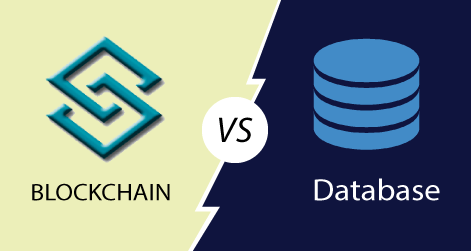
| SN | Blockchain | Database |
|---|---|---|
| 1. | Blockchain is Decentralized. Here, no one is an administrator means everyone is an in-charge. | The database is centralized. It has administrators who control all the data. |
| 2. | Everyone has rights to read and write. | Only authorized people can read and write. |
| 3. | Peer-to-peer architecture. | Client-server architecture. |
| 4. | Here, only Append operation is allowed. | CRUD(Create, Read, Update, Delete) mechanism is possible. |
| 5. | Historical data of digital records. | No records of ownership. |
| 6. | Blockchains are fully confidential. | Databases are not fully confidential. |
| 7. | Blockchain is slow because it depends on the hash rate. | The database is fast because fewer people administer it. |
| 8. | Blockchain is permissionless. | The database is permissioned. |
To know more Click Here...
Cryptocurrency is a digital asset(currencies) which can be used to exchange value between parties. It uses strong cryptography to secure and verify the financial transactions as well as control the creation of new units of that currency. As we know, it is a digital currency, so it doesn't exist physically. Some popular cryptocurrencies are Bitcoin, Litecoin, Z-Cash, Monero, Dash, etc.
We know that the government prints the government currencies like fiat currency such as Dollar, Rupees, Yen or Yuan itself. It means there is a centralized institution exists which can create thousands or millions or billions more of that currency. Unlike government currencies like bitcoin, these type of currencies is created by the same mathematical formulas that make the cryptocurrency work. Thus, cryptocurrencies use decentralized control, which works through distributed ledger technology that serves as a public financial transaction database.
To know more Click Here...
The major limitations of blockchain are:
Lack of Technical Talent
Today, there are a lot of developers available who can do a lot of different things in every field. But in the blockchain technology, there are not so many developers available who have specialized expertise in blockchain technology. Hence, the lack of developers is a hindrance to developing anything on the blockchain.
Network Size
Blockchains require a vast network of users. Therefore it is not much resistant to the wrong action as well as it responds to attacks and grows stronger. The blockchain is a robust network with a widely distributed grid of nodes, which makes it more difficult to reap the full benefit.
Security Flaw
Bitcoin and other blockchains are associated with one considerable security flaw known as a "51% attack." This security flaw refers to a situation when a group of "miners" takes control of more than half of the blockchain network's computing power. If the miners somehow acquire sufficient computational power, then there is no centralized authority to prevent them from influencing the entire Bitcoin network. It means the attacker can block new transactions from taking place or being confirmed. They are also able to reverse the transactions that have already validated during that same period. Due to this, they could spend coins twice.
For this reason, Bitcoin mining pools are closely monitored by the community who ensure that no one gains such network influence.
Speed and cost of transactions
The first few years of the existence of blockchain, transactions cost are "nearly free." But as the network grows, it will NOT be the most cost-effective option of transferring money due to rising transaction costs in the network. From the end of 2016, it processes only seven transactions per second, and each transaction costs around 0.20$.
Consensus Mechanism
In the blockchain, we know that a block can be created in every 10 minutes. It is because every transaction made must ensure that every block in the blockchain network must reach a common consensus. Depending on the network size and the number of blocks or nodes involved in a blockchain, the back-and-forth communications involved to attain a consensus can consume a considerable amount of time and resources.
To know more Click Here...
The 51% attack on a blockchain network refers to a miner or a group of miners who are trying to control more than 50% of a network's mining power, computing power or hash rate. In this attack, the attacker can block new transactions from taking place or being confirmed. They are also able to reverse transactions that have already confirmed while they were in control of the network, leading to a double-spending problem.
To know more Click Here...
We know that the security of data is always matters. Encryption is a process of converting information or data into a code to prevent unauthorized access. It helps organizations to keep their data secure(i.e., prevent unauthorized access). In this technique, the data is encoded or changed into an unreadable format up to some extent before it is sent out of a network by the sender. The only receiver can understand how to decode the same.
In Blockchain technology, this approach is very useful because it makes the overall security and authenticity of blocks and help to keep them secure.
The main differences between the Proof of Work and Proof of Stake are:
Proof of Work
Proof of Work(PoW) algorithm is used to confirm the transaction and creates a new block to the chain. In this algorithm, miners compete against each other to complete the transaction on the network. The process of competing against each other is called mining. It defines an expensive computer calculation. In this, a reward is given to the first miner who solves each blocks problem.
Proof of Stake
In the case of PoS algorithm, a set of nodes decide to stake their own cryptocurrencies for the transaction validation. They are called 'stakers.' In proof of stake, the creator of a new block is chosen in a deterministic way, depending on its wealth, also defined as stake. It does not give any block reward, so miners take the transaction fees only. Proof-of-Stake can be several thousand times more cost-effective as compared to proof of work.
A blockchain is a chain of blocks that contain records of transactions. Block is the most secure part of a blockchain. The record of a blockchain is protected through a cryptographic hash algorithm. Each block is connected with all other blocks before and after it through a distinctive hash pointer which adds more security to the block. If the value within a block is modified, the hash value will also change. This hash is a security identifier which provides a reasonable level of security to the whole blockchain.
Ambitious hackers also need to know the hash key of the previous block to make changes to the block information. For those ambitious hackers, blockchains are decentralized and distributed across peer-to-peer networks that are continuously updated and keep syncing. Since these records are not contained in a central location, so blockchains don't have a single point of failure and cannot be changed from a single computer.
The private key is used to encrypt or lock a message or transaction which is sent on the blockchain network. The sender can send a message using the public key of the receiver. On the other hand, the receiver can decrypt the message or the transaction using his private key. By using the private and public key, the communication or transaction is kept safe and tamper-proof.
Blockchain technology was first used for financial transactions. But nowadays, its scope is increasing and applies in a variety of industries like e-commerce, data management, energy, gaming, e-governance, and many more. There are several commercial and open-source platforms available to provide the framework for creating applications that support a blockchain. Hyperledger and Ethereum are actively improving the blockchain ecosystem by creating advanced cross-industry blockchain technologies.
Hyperledger is an open-source collaboration that provides tools and techniques for developing an enterprise-grade blockchain solution. While Ethereum is an open-source and leading platform designed for developers, organizations, and business to build and deploy blockchain applications.
A transaction is a transfer of value between Bitcoin wallets that gets included in the blockchain. Bitcoin wallets keep a secret piece of data called a private key. The private key is used to sign transactions and provide mathematical proof that they have come from the owner of the wallet.
The consensus algorithm is the method of gaining consensus on a change of data over the system or distributed network. Consensus algorithms are heavily used in blockchains as they enable the network of unknown nodes to reach consensus on the data that is being stored or shared through the blockchain.
There are many types of consensus algorithms or techniques available. The most popular consensus algorithm is:

Fri, 16 Jun 2023

Fri, 16 Jun 2023

Fri, 16 Jun 2023
Write a public review